
Unlock the Editor’s Digest for free
Roula Khalaf, Editor of the FT, selects her favourite stories in this weekly newsletter.
There are few better places to drive than Scotland. The country offers civilisation and escape, great dinners and great landscapes less than an hour apart: an ideal equation. I’ve always loved road trips – I used to drive halfway across America to fish and stay in a motel with the television chained to the wall. I prefer a little more comfort these days, but still love being on the road.
Scotland has more than countryside; there’s a new generation of hotels so good you won’t want to leave the next day. For this trip, my starting point is Edinburgh – I’m travelling with my friend James, the photographer, who’s made his way from London in his brilliant black wagon (a good car helps a road trip). We toast our journey in the bar of Gleneagles Townhouse, and look forward to heading to the north coast on some of the country’s most scenic roads.
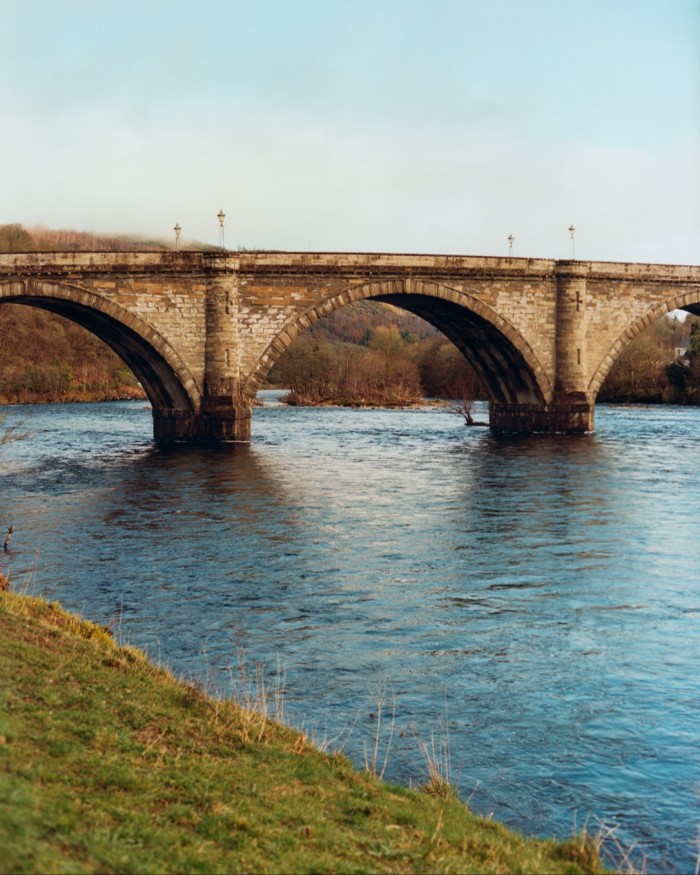
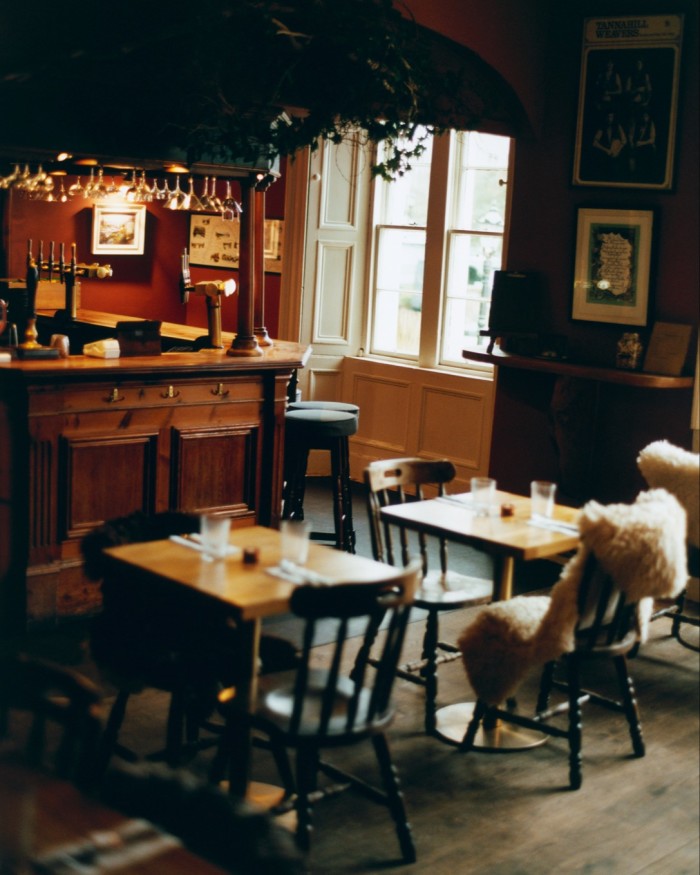
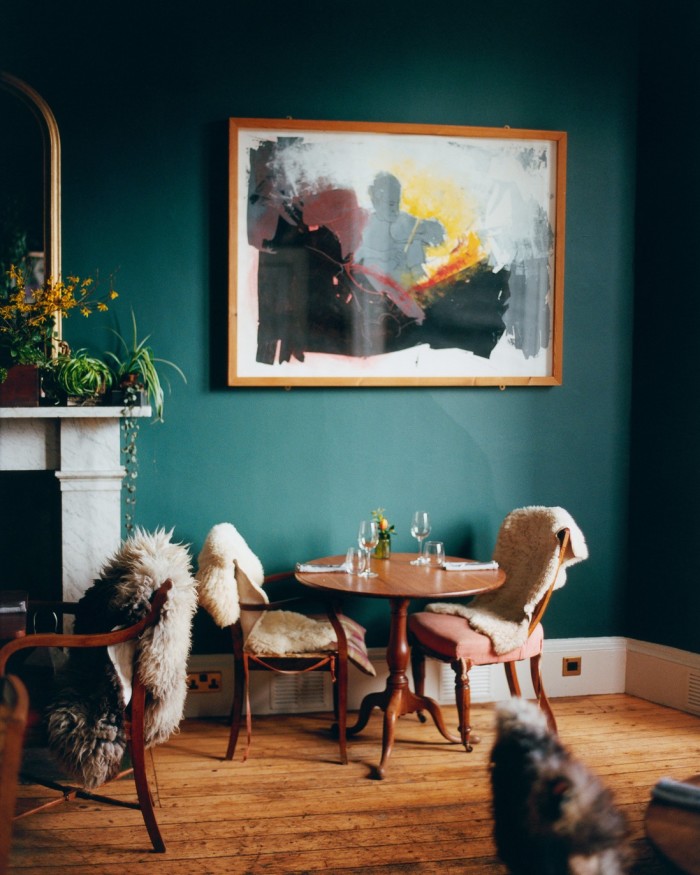
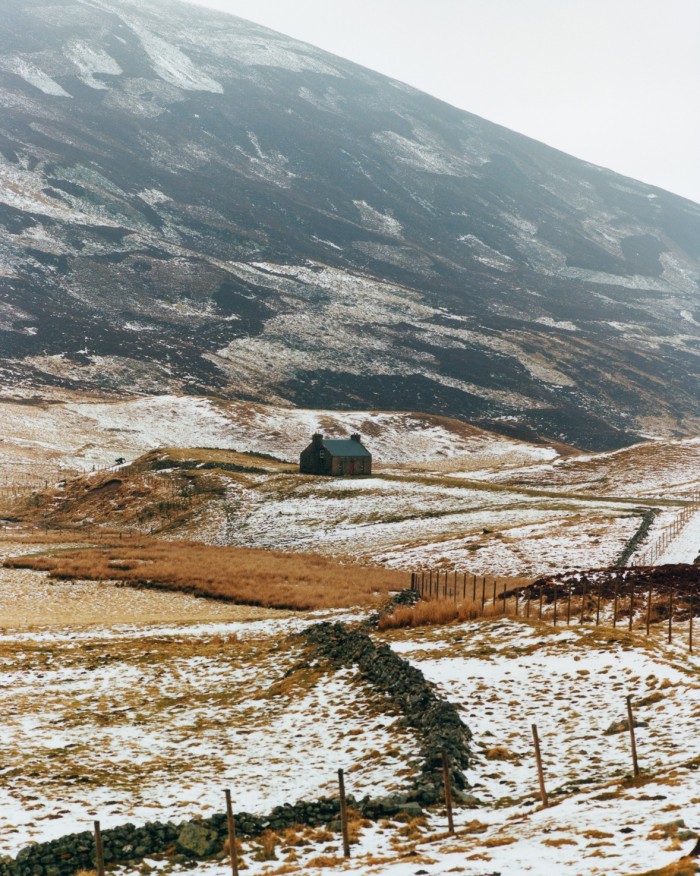
Taybank Hotel
This cheerful hotel, as its name indicates, has an ideal location along the wonderful River Tay across from the stone-arch Dunkeld Bridge. The bar is bright, warm and attracts a friendly crowd (and their dogs), while dinner is more ambitious, served in airy dining rooms with views onto the water. The rooms are straightforward and comfortable; the staff endearing. In good weather there’s outdoor dining along the river. Everything in town is a short walk away. Dunkeld, Perthshire; thetaybank.co.uk, from £190
James is behind the wheel, a strategic arrangement since I’m used to driving on the right and Scotland has endless single-lane roads best left to experts. In the US I listen to Tom Petty; in the UK, I want a little Radio 4. We tune in to somebody playing the lute in an Elizabethan home – perhaps the most Radio 4 programme in the history of Radio 4. We settle on some jazz.
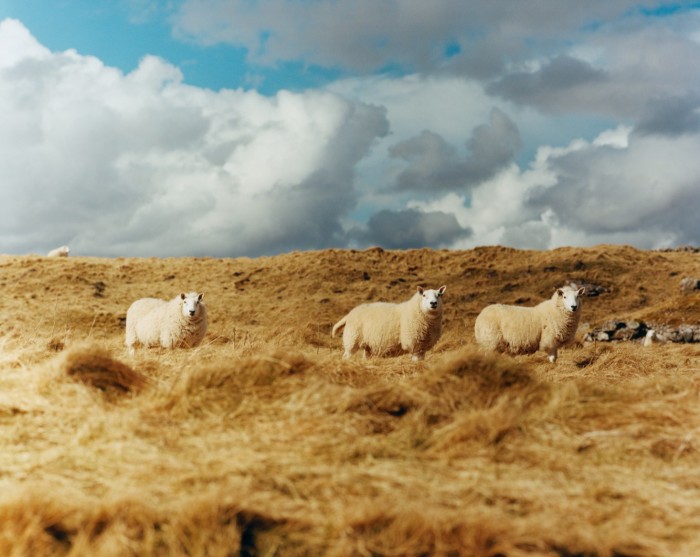
We all want to discover new things when we travel. I’m now a fan of Islay langoustines and a series of rare whiskies I’d never seen before, and had usually forgotten by the next morning. But you also want to know where to draw the line; for me, that line is vegan haggis, which I find printed on a breakfast menu one morning like a dare. James introduces me to something called Irn-Bru. The curious orange-coloured soda seems designed for a teenager’s palate; one sip is enough for me.
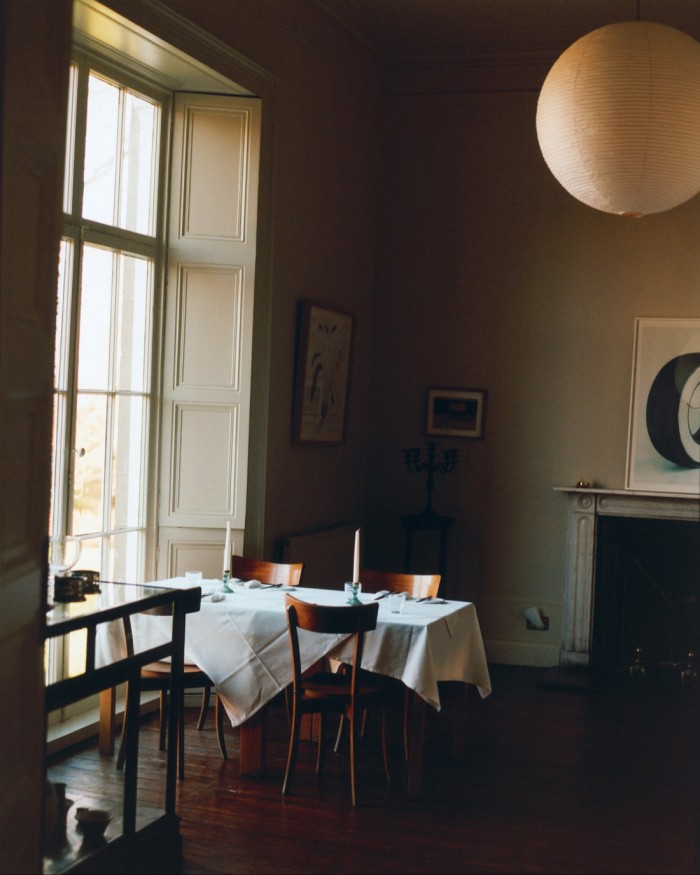
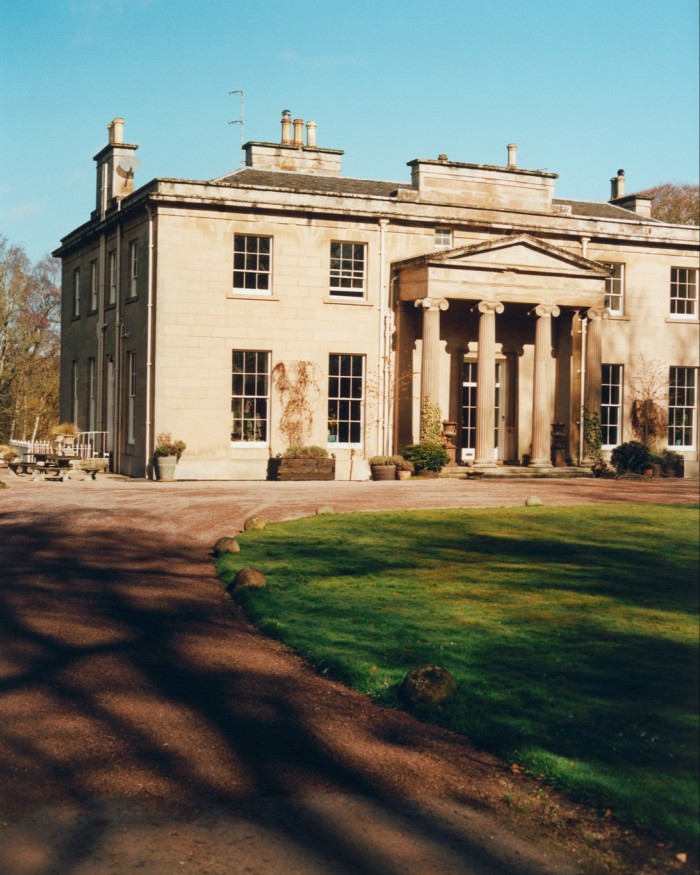
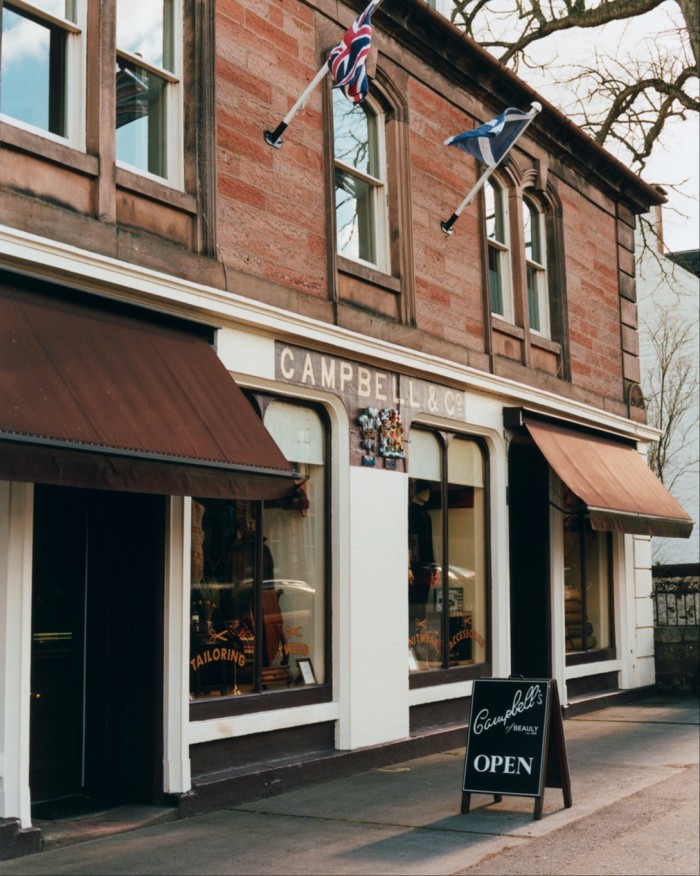
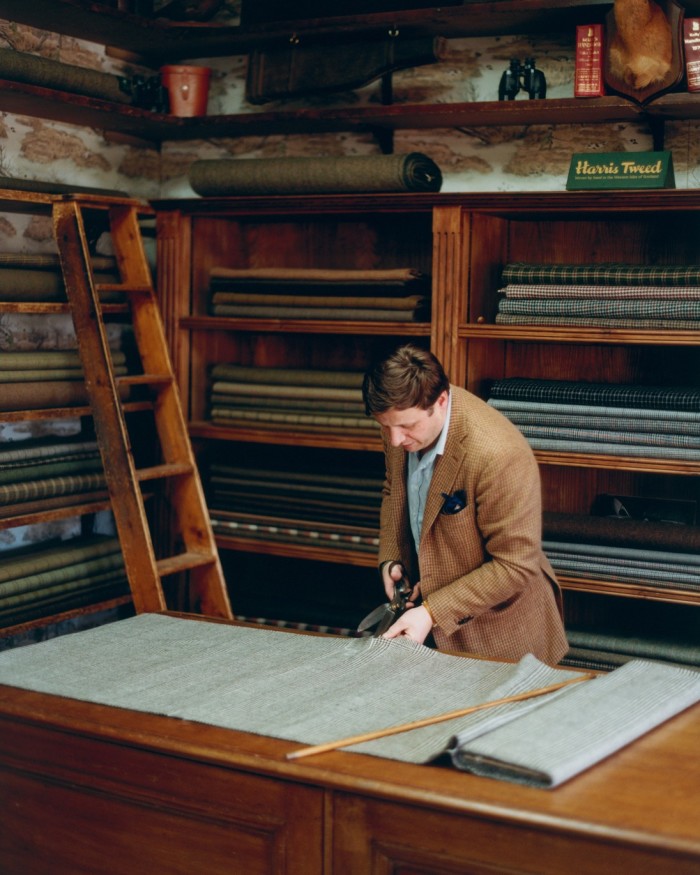
Boath House
Occupying a stately 10-bedroom Georgian house in Nairn, Boath House, founded by Jonny Gent of Sessions Arts Club in London, is a classic setting with a playful attitude — drawings are tacked to the walls of elegant rooms (there’s an art residency). I opened a door to discover side-by-side bathtubs with views across the old walled garden. In the day you can have pizza from the wood-fired oven, then walk around the property and feel good about things. Dinner, more pulled-together, is served in a gorgeous dining room: it’s seasonal, serious and worth a trip. Nairn; boath-house.com, from £250
A firm road trip rule I follow: never take a good town for granted. Dunkeld, just over an hour from Edinburgh, is the rare place with independent stores, a lovely high street and a cheerful feeling. It’s also home to the incredible Aran Bakery, founded by Flora Shedden – a charming, whitewashed room where you want to eat everything from the sourdough bread (I wish we travelled with a toaster) to the blood-orange Danish pastries, all served by a lovely staff. They close when they sell out, which happens most days early in the afternoon.
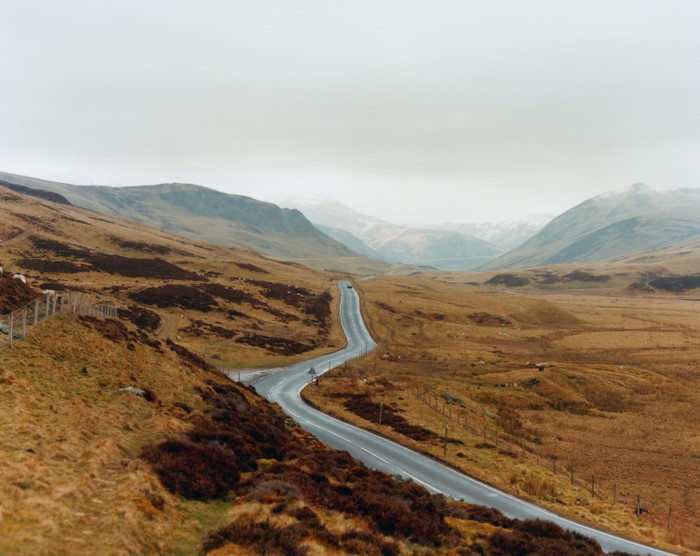
If there’s a large area of green on a map with only one road through it, that’s a promising sign. If it’s a national park, then even better. I have been excited to make our way north through the Cairngorms; as we arrive, so does the fog. It is evocative and brooding, but the views are fairly near at hand. You can’t complain about the weather in Scotland. When you hear yourself asking, in May, “Is that snow on those mountains?”, the answer is often “yes”.
Campbell’s of Beauly
Many well-dressed men and women have made their way to this store, including King Charles III (Campbell’s holds a royal warrant). It’s a dream of country clothes and tweed and knits that make you want to drive around your estate with your deerhound in an old Defender (they have one of those too, parked outside).
Campbell’s was founded as a haberdashers in 1858 and remained in the same family until 2015 when it was bought by John Sugden, whose family has been in the textile business for generations. Little has changed over the past century and a half; the original shelves and cabinets still line the walls.
The store is an anachronism, in that you must go to Beauly (about half an hour from Inverness) to get the full experience: a wall of tweeds in soft browns and greens, in herringbone, in houndstooth and in Prince of Wales check that you can have made into plus-fours, the roomy trousers traditionally worn for shooting if you’re that sort of sporting gentleman (bespoke starts at £795, a matching jacket begins at £1,600), a handmade kilt (from £850), a bespoke sport coat (from £1,600) or whatever else your heart desires.
Many of these materials can’t be found anywhere else. Some are deadstock from the large estates that make their own tweed; others are commissioned by Campbell’s directly from local mills. There are delightfully excruciating decisions to make about pattern and weight. Heavy-duty tweed is better for the field but might be a little too heavy for a coat you plan to wear indoors.
Sugden then measures out your length of fabric and cuts it with a large pair of scissors. This part always makes me nervous — it’s so final — but you’re in good hands. At the back of the shop, there’s a room with large taxidermy salmon on display where you can get your garments fitted. Sugden employs a tailor who can make you whatever you need. If you’re not around for a series of fittings, then bring your fabric home with you.
You can also lose yourself in a series of rooms lined with racks of house ready-to-wear: cashmere scarves (from £95), jumpers (from £120), cashmere sweaters (from £329) and something called a Crofter’s Blanket (£145), inspired by the natural, undyed wool blankets used by Highland farmers, which I buy in a lovely cream and brown houndstooth. James leaves with two bags of sweaters, scarves and gifts. As we get into the wagon, he says: “You know, I could easily have bought twice as much.” That’s the spirit.
Highland Tweed House, High Street, Beauly; campbellsofbeauly.com
As we progress north, the landscape opens up. That’s one of the strong connections people have with Scotland – you never get used to the sense of grandeur. You don’t know when to pull over to take a photo because there’s something around each corner. On a break from enjoying the wonderful Highland cattle I look over and note, with some alarm, that James takes a rather casual approach to petrol. He’s apparently a coast-into-the-station-on-fumes type of man. The dash says we have about 10 miles left until we’re out of luck. “Oh, don’t worry about that,” James reassures me. “I don’t trust that anyway.”
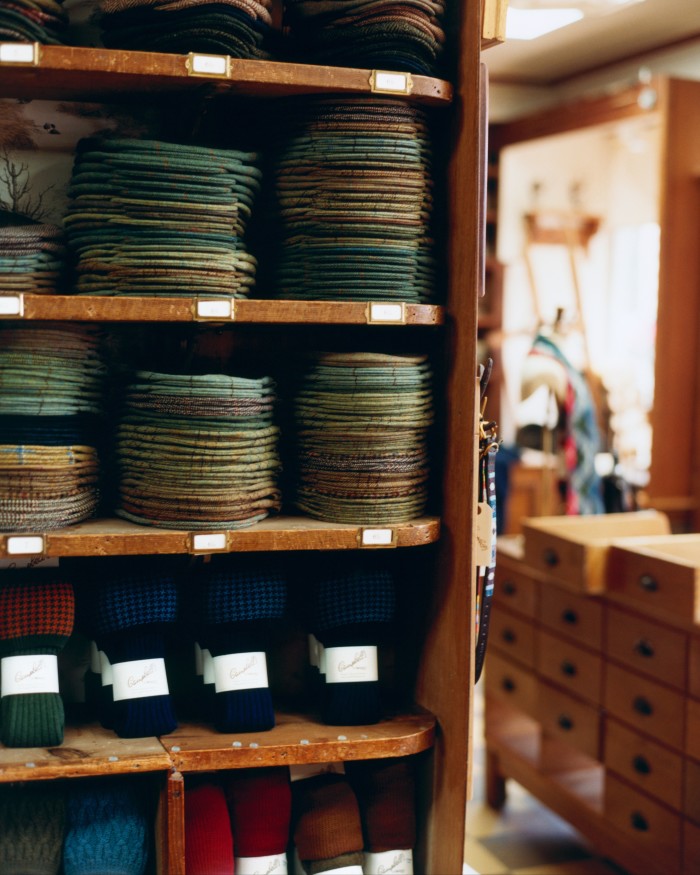
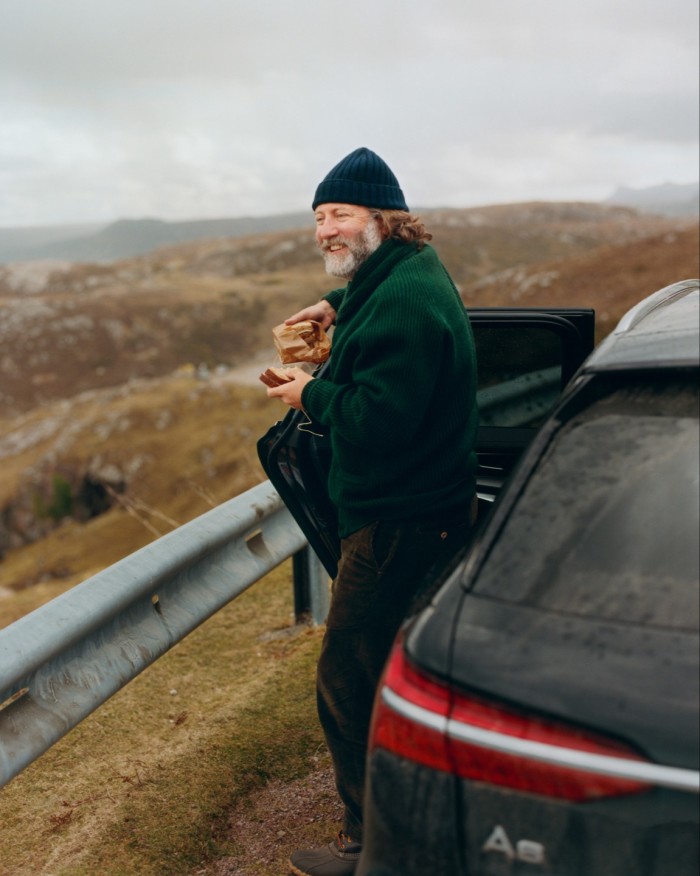
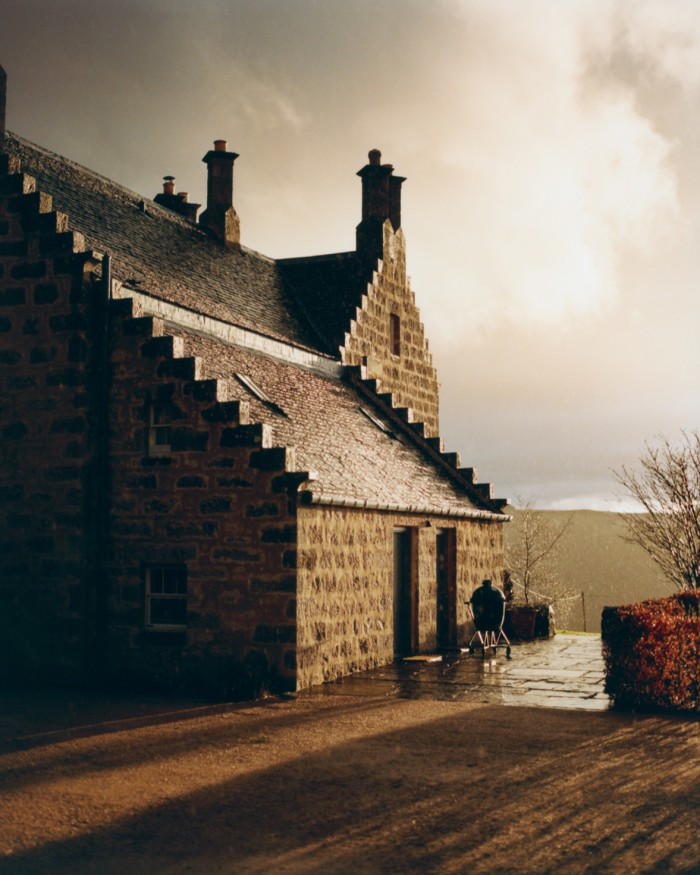
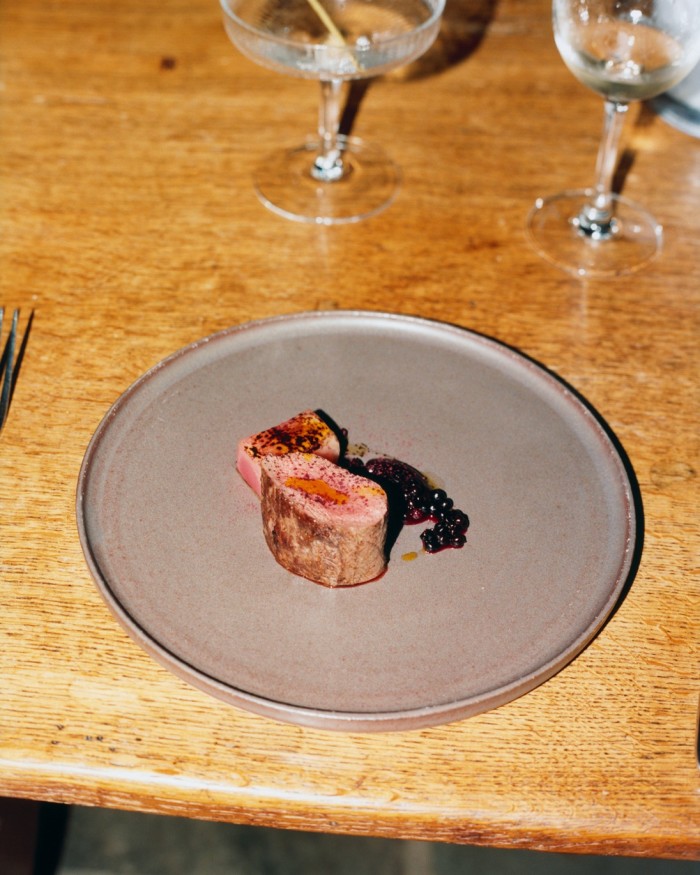
Lundies House
Off the Kay of Lairg, Lundies House is owned by Wildland, the conservation organisation that also operates a growing number of superb hotels, many with Scandinavian interiors. At Lundies you’re more likely to see a restored Danish midcentury chair than a taxidermy stag head. It’s high-level hospitality with great attention to detail. We sat at a table in the kitchen and watched the chefs work their magic on local venison and simple greens from the garden. There are fires in the many fireplaces, flower arrangements everywhere. The hygge ideal in a distinctly Scottish setting. Tongue, Lairg; wildland.scot, from £495
I have researched pubs worth a detour, and am intrigued by the Moulin Hotel, with its 1998 claim to being the fifth best pub in the world. What we find is a respectable old pub and hotel, founded in 1695, wood-panelled, that makes its own ale (quite good) and has regulars and their dogs drinking happily beside the fireplace. It feels deservedly top-five. We eat like kings at Killiecrankie House, where chef Tom Tsappis serves a refined tasting menu in the house’s elegant kitchen. It’s sophisticated cooking that never forgets the pleasure principle.
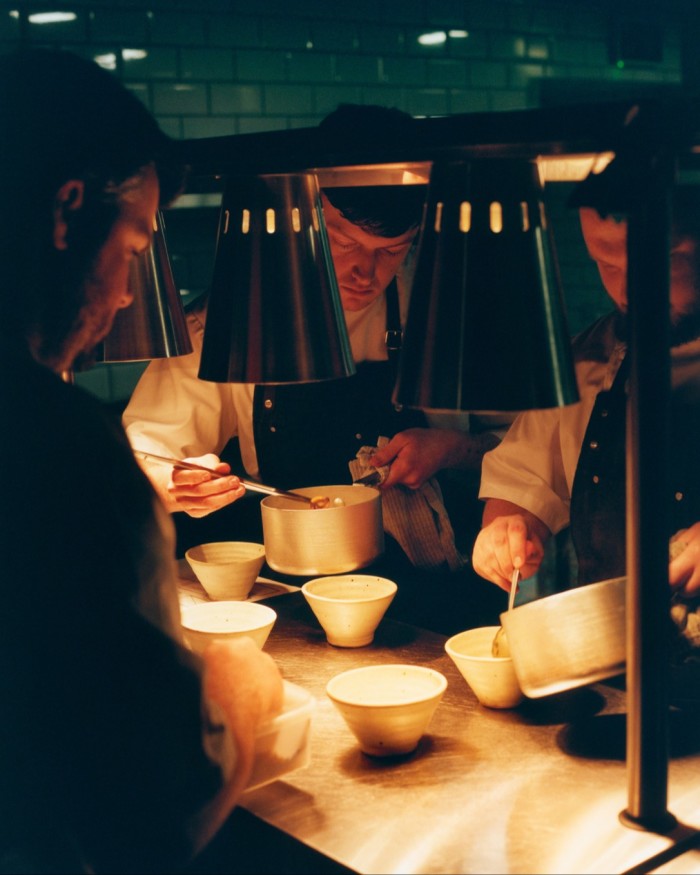
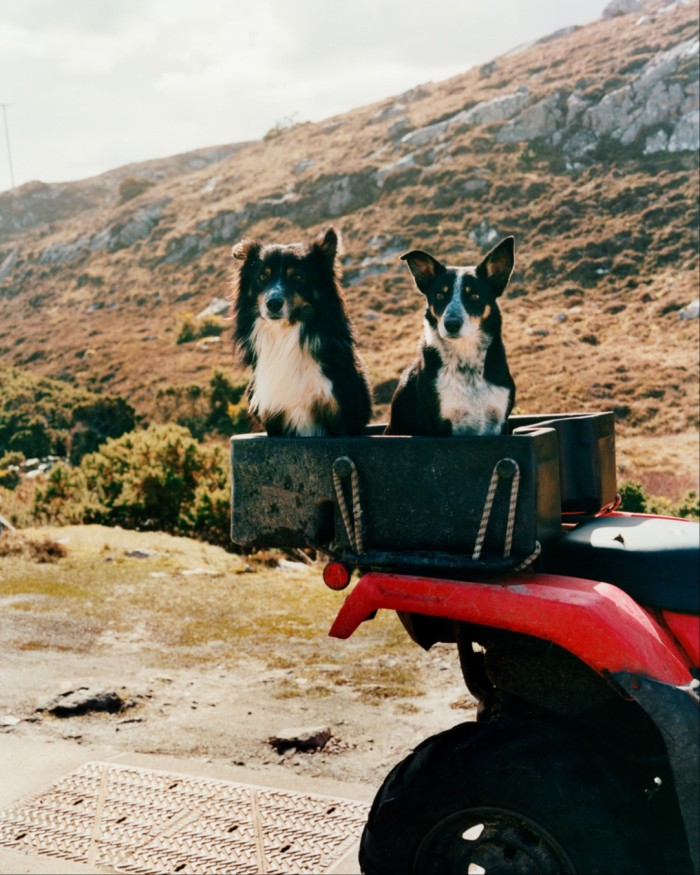
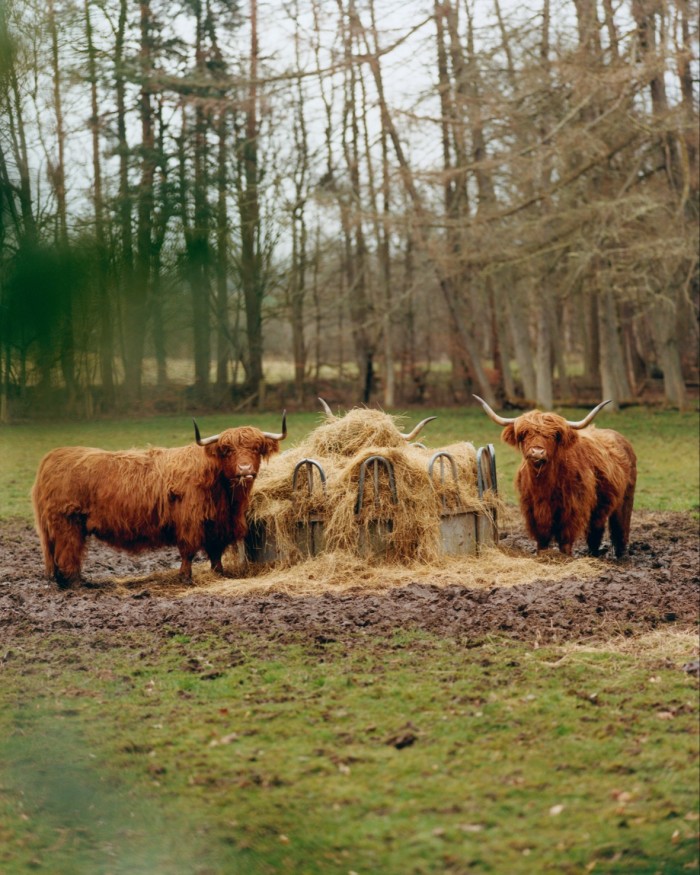
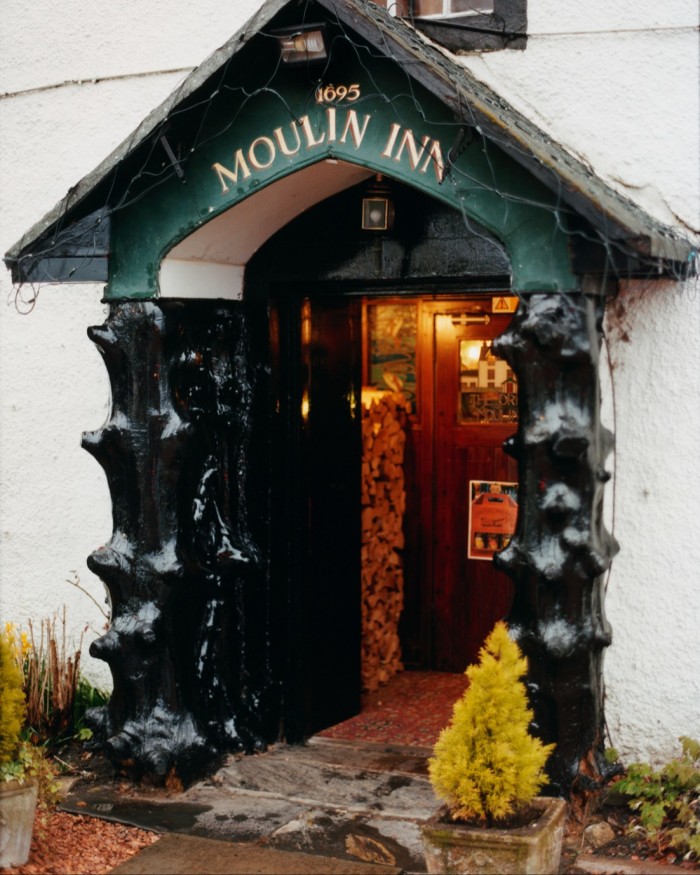
Klliecrankie House
Run by Tom and Matilda Tsappis, this hotel is a reminder (if any were needed) of how lucky we are to have ambitious restaurants in remote areas. They have five bedrooms for guests, but the food is the main attraction. Evenings begin in a small, smart bar or the teal-blue sitting room where you can play records and enjoy a cocktail. The dining room looks toward Tom’s kitchen, where everybody speaks in hushed tones — the drama is on the plate. Some dishes, like langoustines with ossetra caviar, beetroot and yuzu, have a wonderful Japanese precision (Matilda lived in Japan for six years, Tom three). Matilda beautifully explains the matching wines and sake. Perthshire, PH16 5LG; killiecrankiehouse.com, from £520, including dinner and breakfast
I like a road trip with a worthy end point, whether it’s an artist’s house, an old battlefield or a good trout stream. An extreme geographical point also works. Our final stop is Lundies House, which is owned by the conservation organisation Wildland, and has the endearing practice of wrapping a sandwich in wonderful waxed paper and, yes, tying it up with string. They encourage you to head out and about, whether hiking or biking or climbing (in our case, it was driving and photographing). The A838 roughly follows the coast, past sheep and open countryside, and, thanks to Wildland, there’s little development.
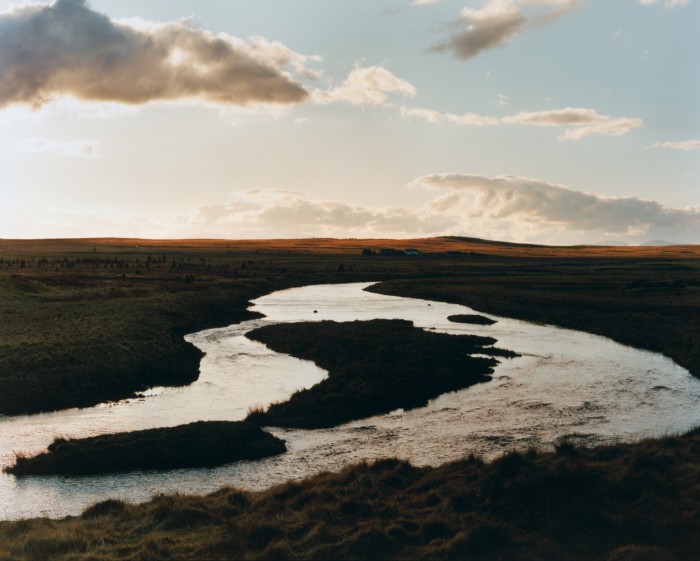
The landscape is stark and vast, vividly contrasting with the blue water. We go past settings with incredible names: the Kyle of Tongue, Moine Ho, Loch Eriboll. Somewhere near Durness, far from phone reception, we come around another gorgeous bend. “I have a good feeling about this road,” says James, and we make our way slowly down an unmarked lane. We creep around a few turns and end up right on the sea – impossibly blue, all to ourselves. We eat our lunch in silence, smart enough to know a good thing when we see one.
David Coggins and James Harvey-Kelly stayed as guests of the Taybank Hotel, Boath House and Lundies House, and dined as guests of Killiecrankie House